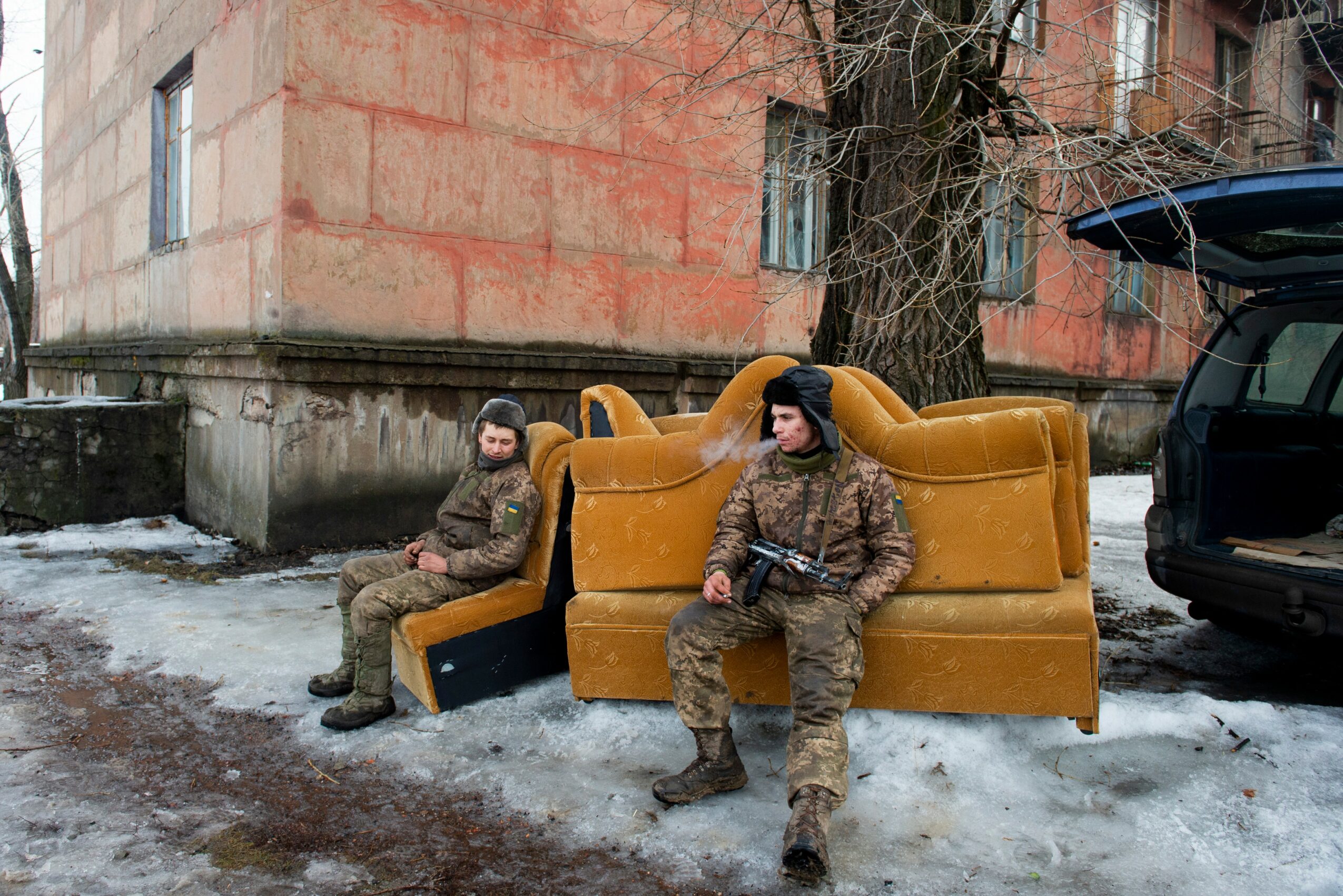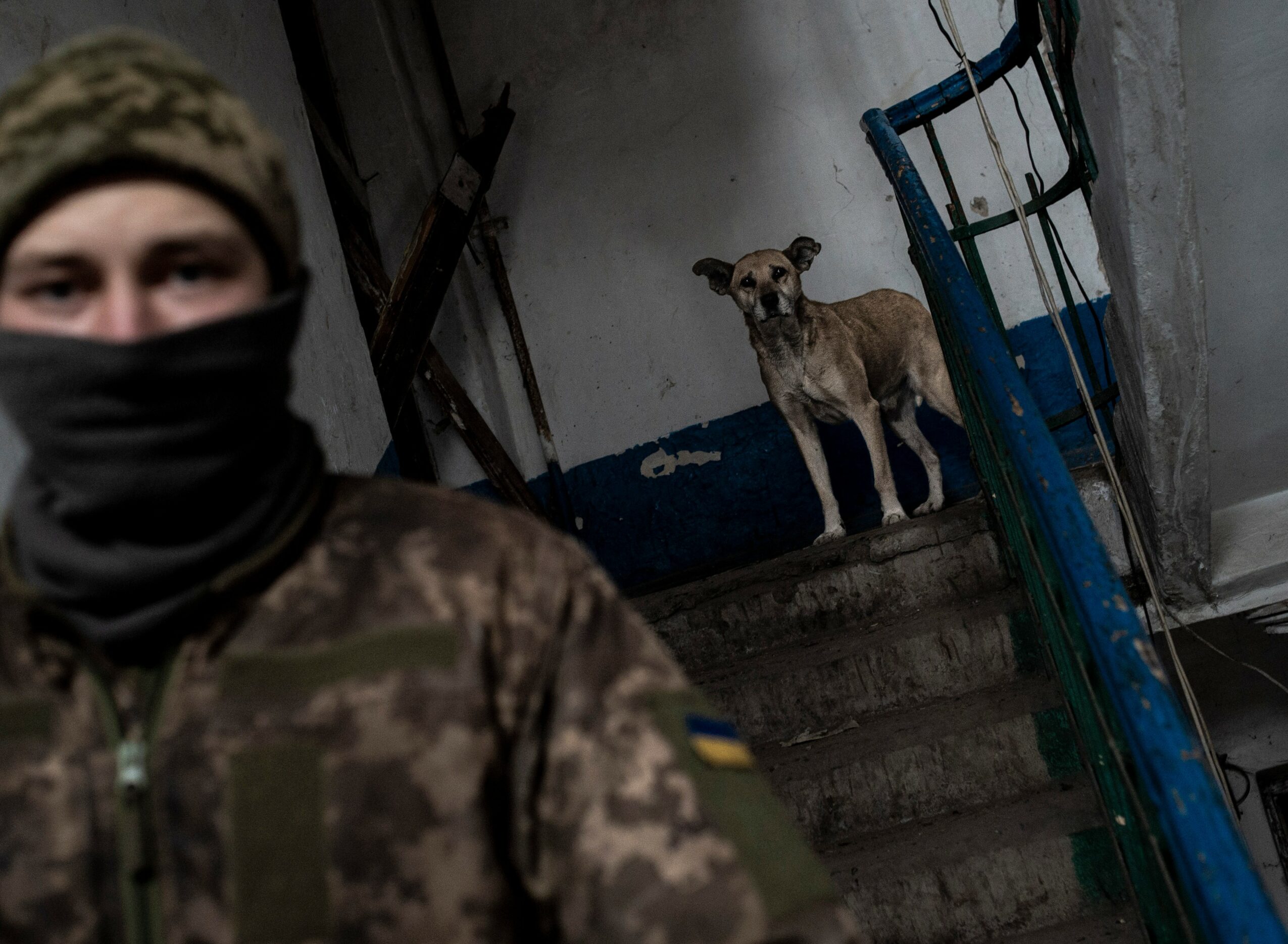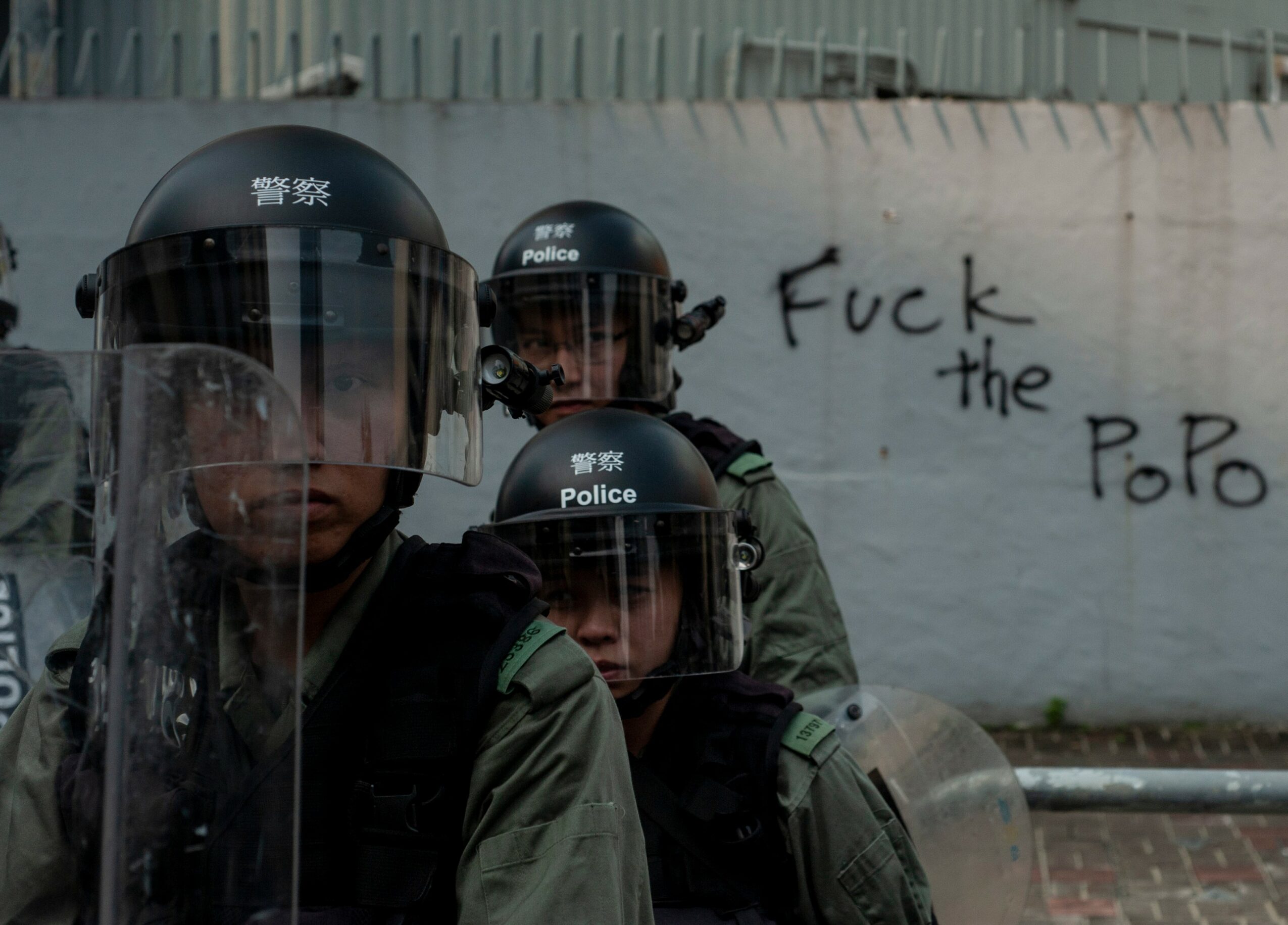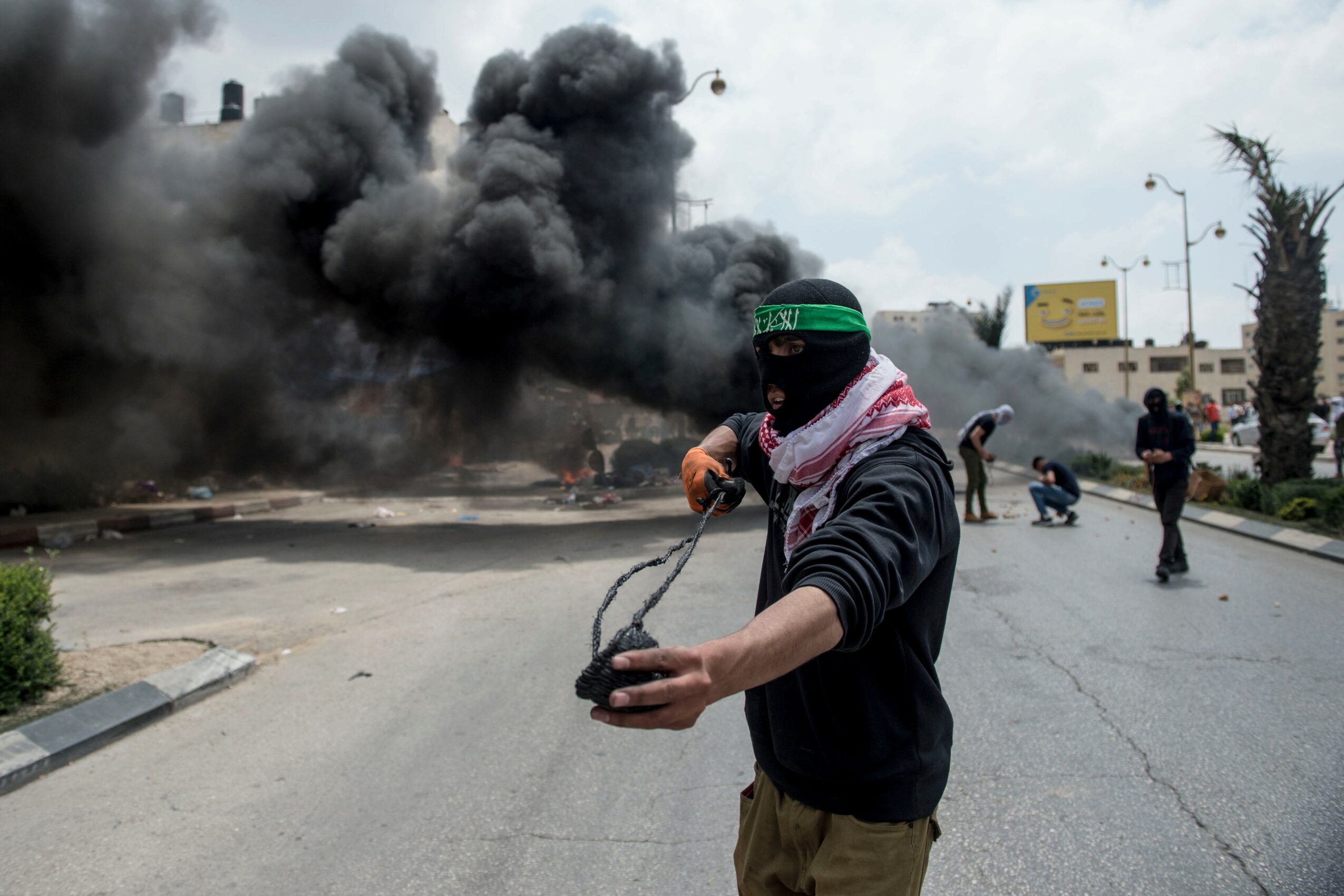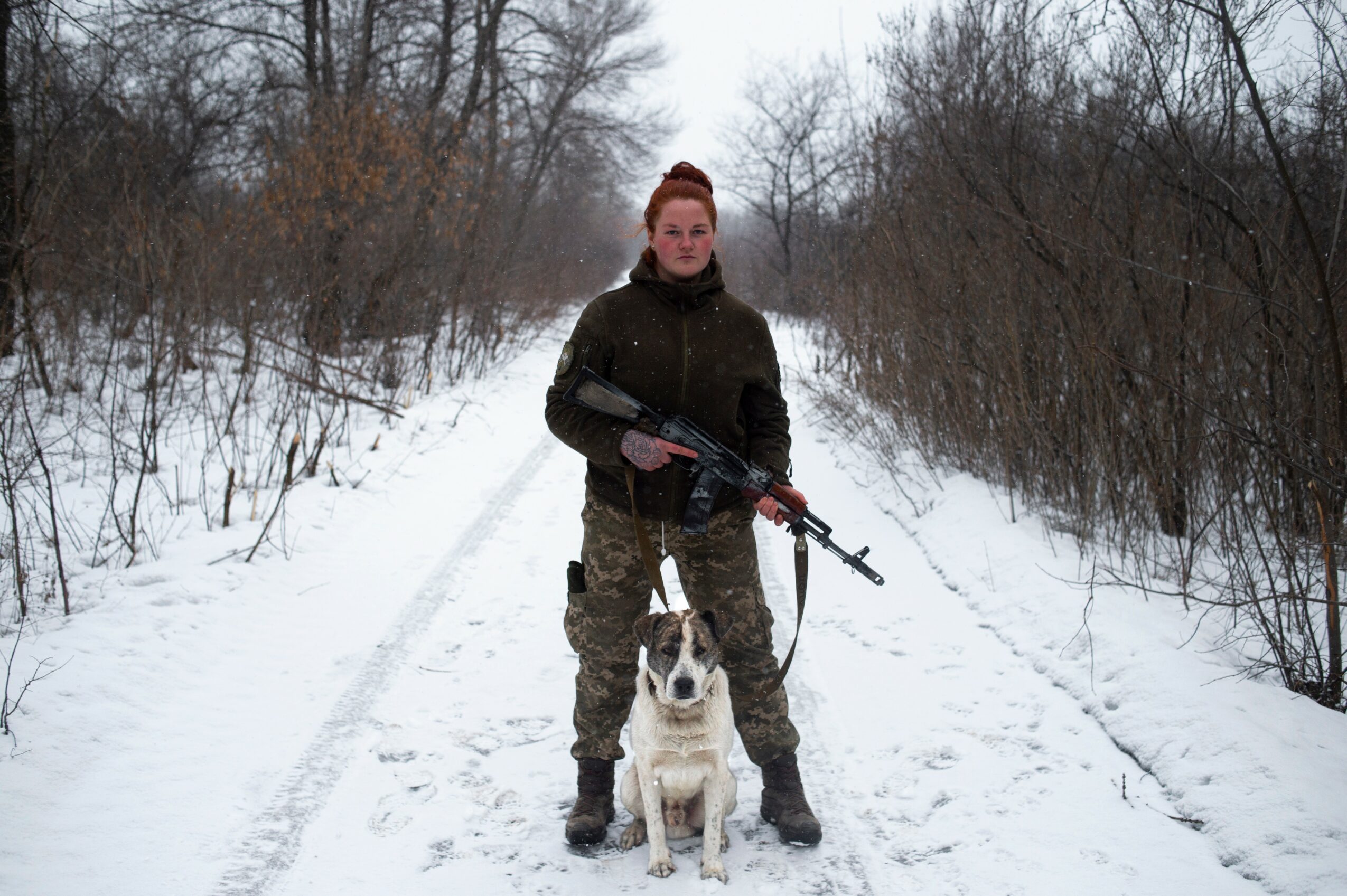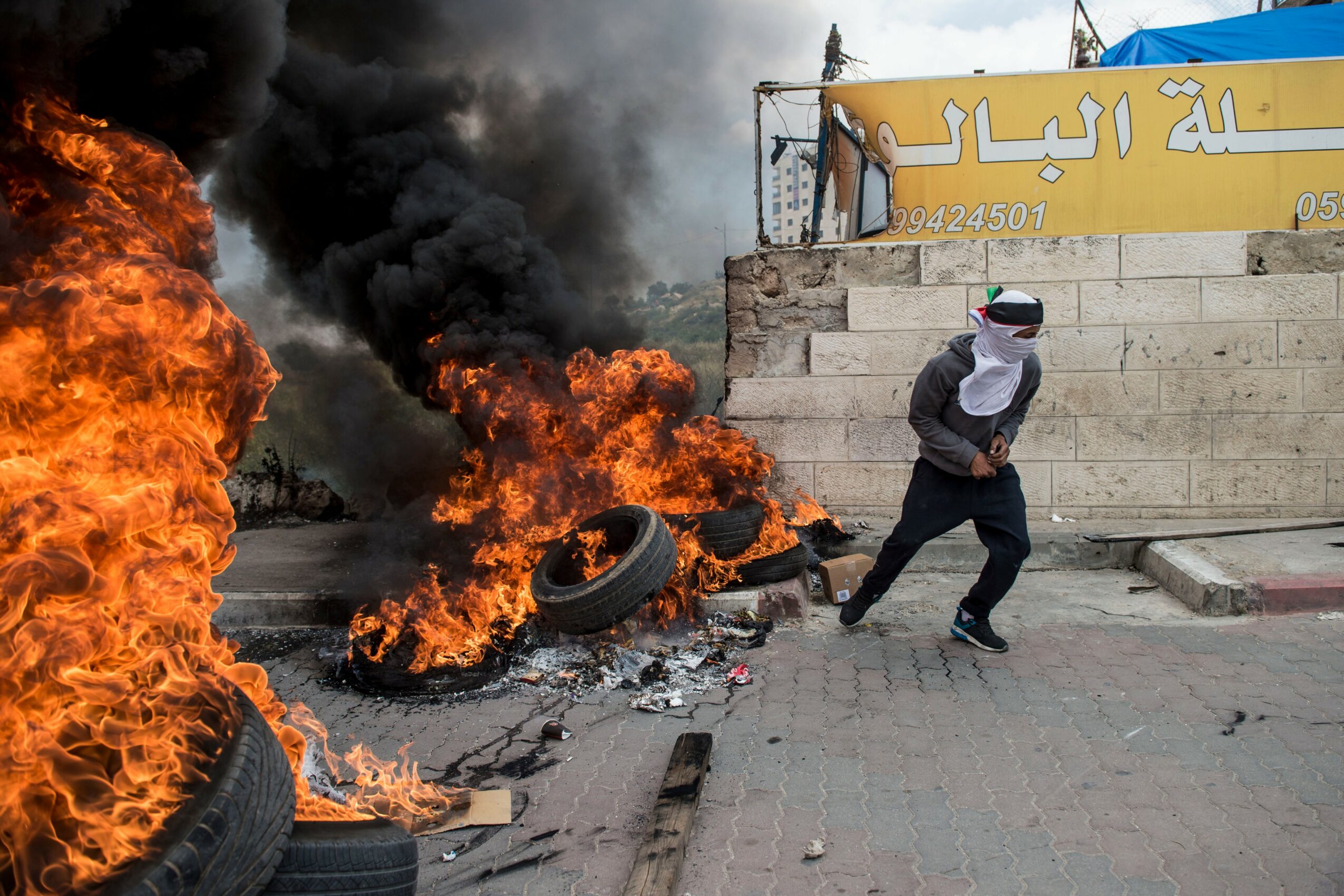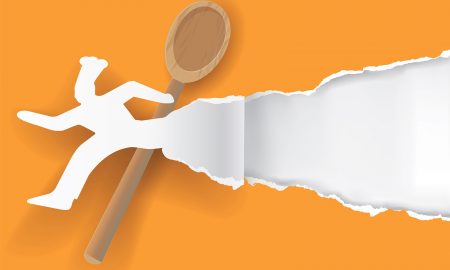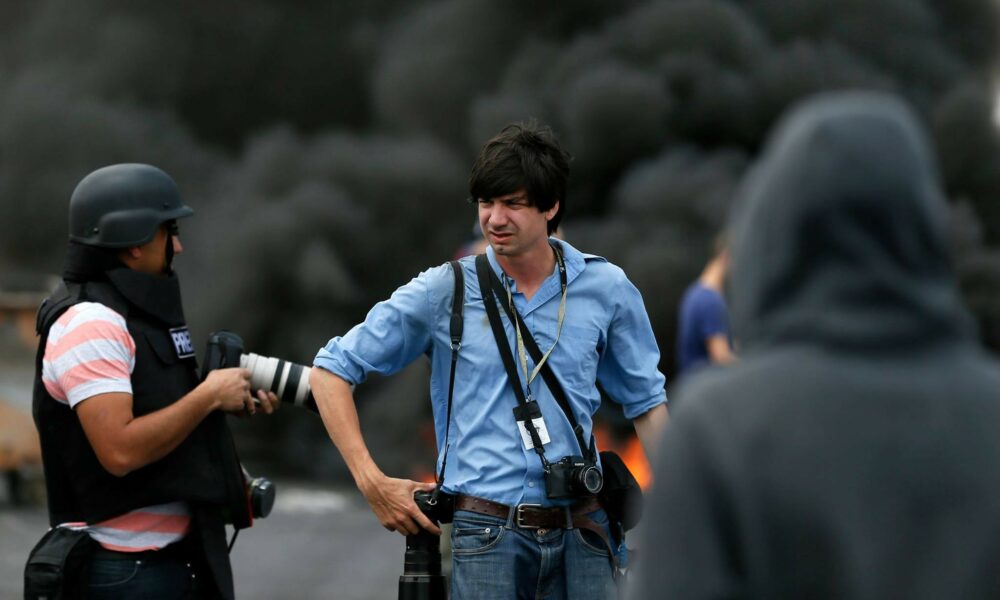

Today we’d like to introduce you to Matthew Hatcher.
Matthew, we appreciate you taking the time to share your story with us today. Where does your story begin?
I first started using a camera when I was 12 or 13, using my parents’ old Pentax A3000 from the 80’s and taking pictures of abandoned houses in the town I grew up in and developing my pictures in a dark room at the high school and I fell in love with using a camera to capture and tell stories. In high school I started getting into journalism and writing stories for the school newspaper and when I graduated my mother and teachers encouraged me to apply to Ohio University’s photojournalism program. Through college, I worked for the university newspaper and began freelancing for various publications around the state and honed my skills in telling stories with a camera. By the time I graduated I already knew I wanted to use the skills I learned to document human rights issues and important news stories and the impact important events have on people’s lives. I interned at the American Red Cross and then at a newspaper in Bloomington, Indiana and finally, in 2015 I landed a staff photographer job at The Marion Star, a small newspaper in Marion, Ohio. I had begun documenting the opioid epidemic while I was in college and that work continued at the Marion Star where in one 24 hour period there were over 50 overdoses in the city. Along with continuing to document the epidemic I also covered the 2016 presidential election for the paper and other national news stories at the local level. In 2017 I was laid off during a wave of staff cuts across the company. I decided that I wasn’t interested in working another staff job and that it was time that I start working towards covering international news stories. So I began solely working as a freelancer and had my first big breakthrough when I covered the Unite the Right rally in Charlottesville in 2017. From there I started working with major publications and agencies covering news stories around the midwest. At the beginning of 2018 I traveled to the Occupied West Bank where I photographed the Palestinian Israeli conflict and the US embassy move from Tel Aviv to Jerusalem. I lived in Ramallah for 4 months and worked every day finding news stories and documenting daily life in the turbulent West Bank and East Jerusalem. When I returned home I began planning for my next trip overseas while resuming covering news throughout the US. My next trip to a conflict zone came in 2019 when I moved to Ukraine and spent 3 months documenting life on the frontlines of the Donbas War in Eastern Ukraine. My time in Ukraine was transformative in that I finally realized fully my vision of the kinds of stories I wanted to tell with. my photos, what life is like for civilians caught up in the middle of immense and consequential events such as war and disasters. When I returned home I focused all my energy into documenting the rising tide of nationalism sweeping through the US and the aftermath of tragedies like mass shootings and natural disasters. That same year while watching the pro-democracy protests unfolding in Hong Kong I received a call from a close friend who told me to ‘pack your bags, we’re going.’ and three weeks later we landed in Hong Kong just days after the airport had been closed by pro-democracy protesters. For two weeks we followed protesters as they staged massive demonstrations of up to 3 million people rallying against the extradition bill and the tightening grip of Bejing closing in on Hong Kong. My colleagues and I were part of the wave of journalists who drew attention to the Hong Konger’s struggle and I’ve always been very proud of that. When I returned to the states I started focusing my work on the upcoming 2020 election season, and then the Covid-19 pandemic began and cut short any plans I had to return overseas for the foreseeable future. I spent the first half of the year documenting the pandemic and the strain it had placed on people and the economy. Then when the George Floyd protests erupted I and my colleague Seth Herald traveled all around the country documenting the protests and the ensuing chaos as the 2020 Presidential election drew closer and the US became more and more mired in conflict. Currently I am still following political stories in the states, mainly focused on infrastructure and the economy in Michigan and Ohio.
Would you say it’s been a smooth road, and if not what are some of the biggest challenges you’ve faced along the way?
My field is a very competitive one, especially as a freelancer, there are so many people out right now with a camera or camera phone and more and more photojournalists are opting to freelance rather than work at publications. Beyond that the very nature of covering difficult news stories and conflicts means the road will never be smooth and there will always be ups and downs. One of the biggest struggles has been the growing resentment towards the press, especially in 2020 where I and my colleagues were targeted by police while covering protests and faced death threats and sometimes physical violence from protesters who saw us as spreading ‘fake news’ and ‘ruining the country’, but when you are dedicated to your job you just have to keep your faith in what you do and press forward.
Thanks for sharing that. So, maybe next you can tell us a bit more about your work?
I’m a freelance photojournalist and I specialize in covering hard news and armed conflict. The work I think I’m best known for is either my coverage of the war in Eastern Ukraine or my coverage of the 2020 protests and unrest in America. I’d say I’m most proud of my work from Ukraine, I was very passionate about that story and it took months of planning and figuring out logistics to get access to the frontlines and I feel that I made some of my best work over there, rather than focus only on the fighting I turned my camera on the daily lives of soldiers and civilians who lived in an active and often violent warzone and feel because of that I was able to capture a side of warfare and armed conflict that people don’t see very often. I think my focus on small moments in larger events sets me apart from others, I’ve always been interested in the quiet moments of chaotic events, the little moments of introspection participants experience where they seem to be reflecting on the events around them.
We all have a different way of looking at and defining success. How do you define success?
I think success is very different from everyone. For me success is using my photographs to give a voice to those who otherwise might not be heard. I set out with the mindset that no tragedy or struggle should go ignored into the shadows.
Contact Info:
- Email: [email protected]
- Website: www.mhatcherphotography.com
- Instagram: @mhatacher
